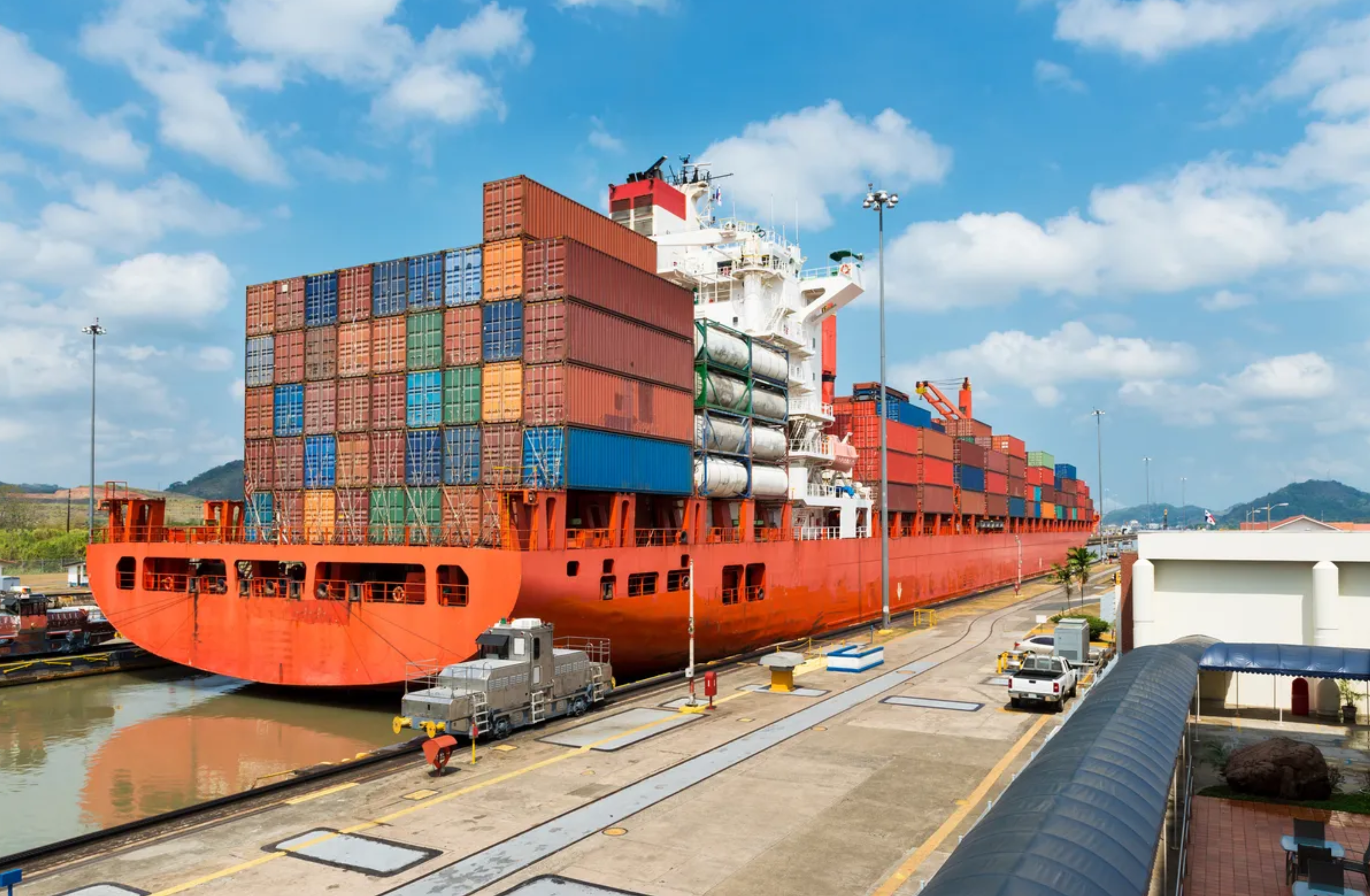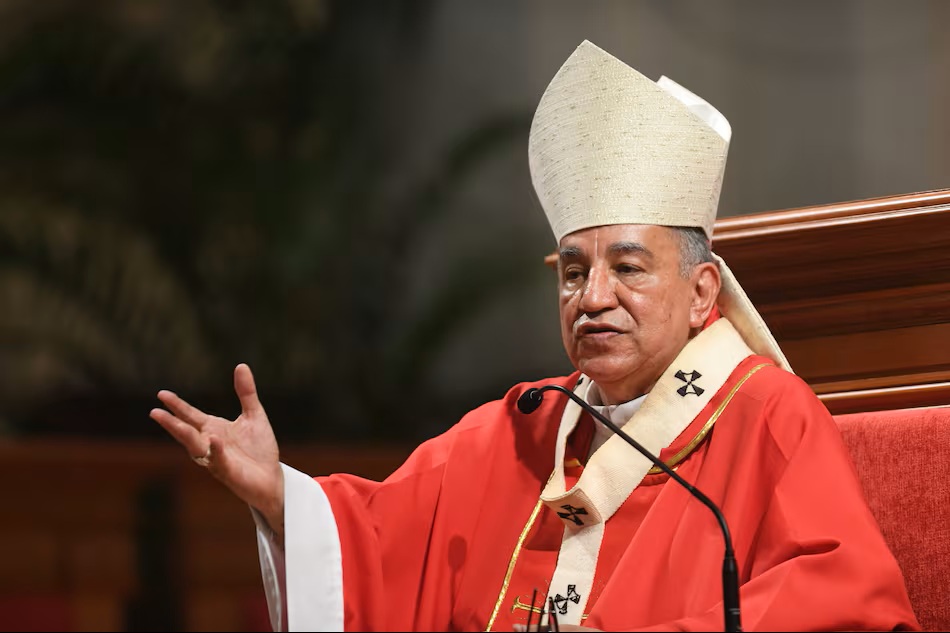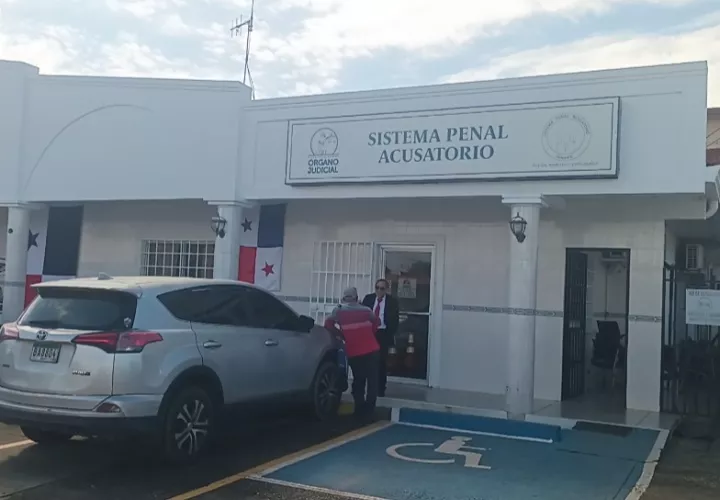Locals are Against Saving the Drought-Hit Panama Canal

This dam could save the drought-hit Panama Canal – but displace 2,000 locals through flooding.
A proposed dam on the Indio River could secure operations on the drought-hit Panama Canal.
But it also would flood villages, where about 2,000 people would need to be relocated, and curb the flow of the river to other communities downstream.
Those living downstream know the mega-project will substantially alter the river, but they hope it will bring jobs, potable water, electricity and roads to their remote communities and not just leave them impoverished.
“We, as the Panama Canal, understand that many of these areas have been abandoned in terms of basic services,” says María Antonio of the Panama Canal Authority as she heads into the affected villages to hear local opposition to the plan.
The Panama Canal was completed in 1914 and generates about a quarter of the government’s budget.
Last year, the canal authority reduced the number of ships that could cross daily by about 20 per cent because rains hadn’t replenished the reservoirs used to operate the locks, which need about 190 million litres of fresh water for each ship.
It led to shipping delays, and in some cases companies looking for alternatives. By the time restrictions were lifted this month, demand had fallen.
To avoid a repeat due to drought exacerbated by climate change, the plan to dam the Indio River was revived.
The proposed dam would secure the water needed to ensure the canal’s uninterrupted operation at a time of increasingly erratic weather.
The plan received a boost this summer with a ruling from Panama’s Supreme Court. For years, Panama has wanted to build another reservoir to supplement the main supply of water from Lake Gatun – a large human-made lake and part of the canal’s route – but a 2006 regulation prohibited the canal from expansion outside its traditional watershed. The Supreme Court’s decision allowed a re-interpretation of the boundaries.
The Indio runs roughly parallel to the canal, through the isthmus. The new reservoir on the Indio would sit southwest of Lake Gatun and supplement the water from there and what comes from the much smaller Alhajuela Lake to the east. The Indio reservoir would allow an estimated 12 to 13 additional canal crossings each day.
The reservoirs also provide water to the more than 2 million people – half the country’s population – living in the capital.
President José Raúl Mulino has said a decision about the Indio River project would come next year. The canal administration ultimately will decide, but the project would require coordination with the federal government. No public vote is necessary, but the canal administrator has said they are looking to arrive at a public consensus
Opposition has emerged, not surprisingly, in communities that would be flooded.
Among those is Limon, where the canal representatives parked their car and boarded a boat to El Jobo. It’s where the reservoir’s dam would be constructed. The highway only arrived there two years ago and the community still has many needs.





